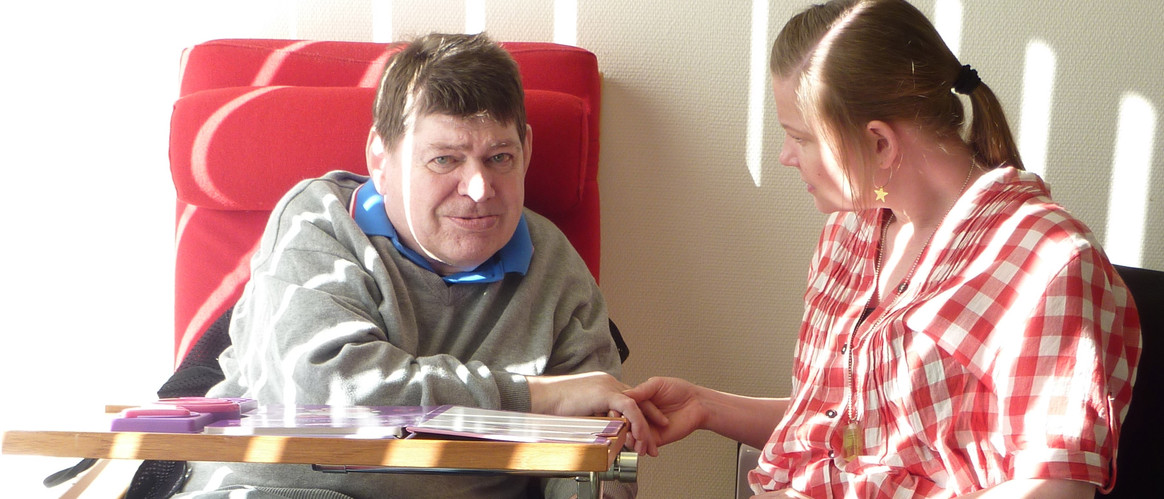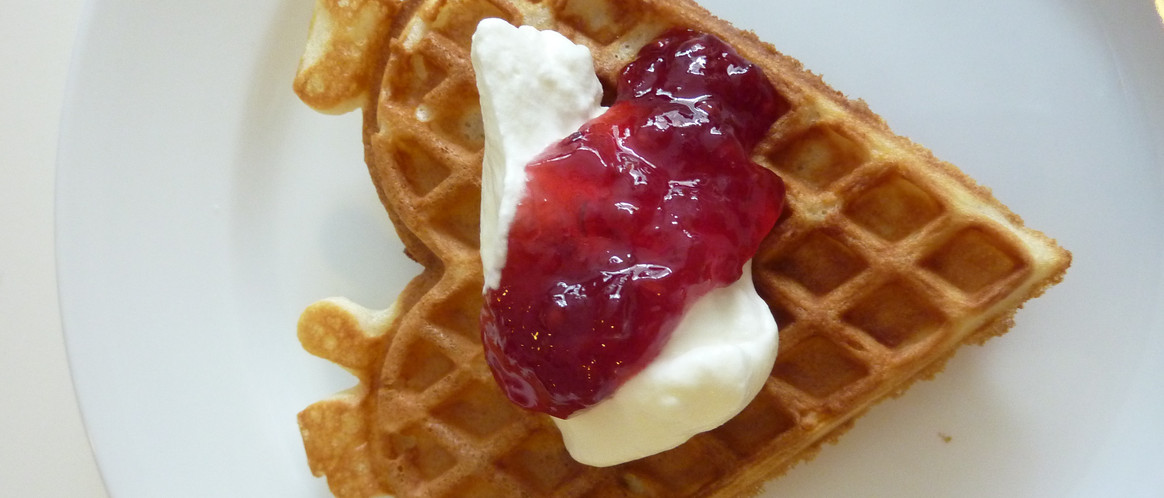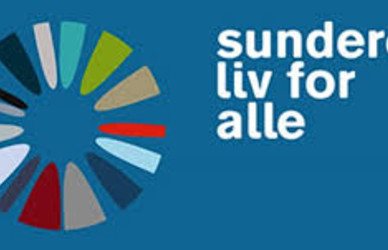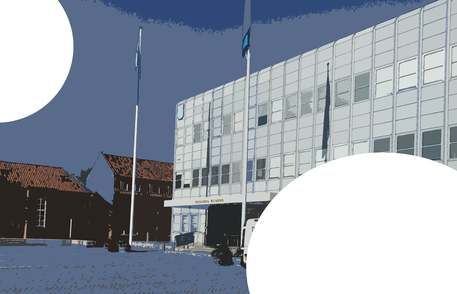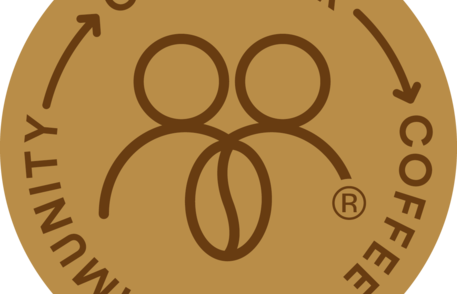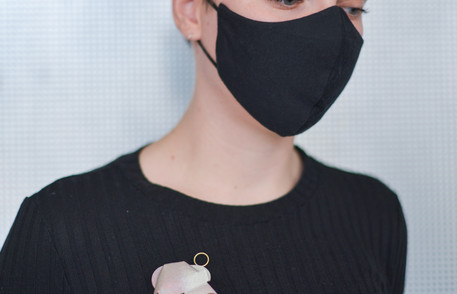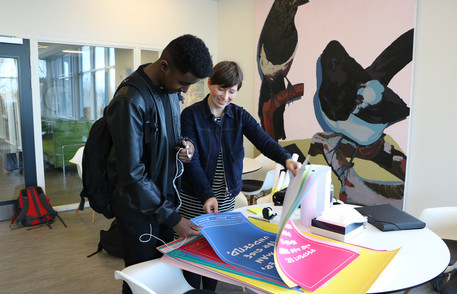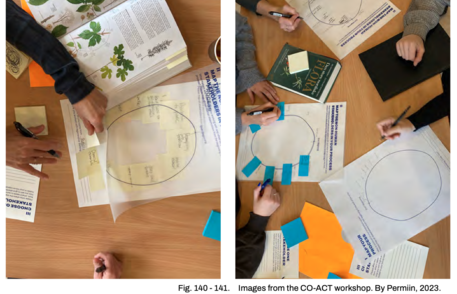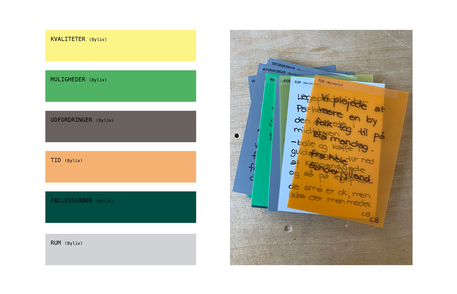Facts
Designing Relationships
In a 1½-year project – from 1 January 2012 to the summer of 2013 – Design School Kolding collaborated with Vejle Municipality and the National Board of Social Services to develop relationships for mentally and physically handicapped residents at the Skansebakken care home in Vejle Municipality.
It was such a success that the project won The KL Innovation Award 2013.
The objective of the project was to provide residents at Skansebakken with more and better relationships with the surrounding community. The project involved inspiring neighbours, family, friends, volunteers – i.e. unpaid players – and equipping them to take responsibility for their fellow citizens, so that their social relationships were not solely the responsibility of the state, represented by the employees of Skansebakken.
Results
Designing Relationships has proved a great success. Specifically, Skansebakken's residents have developed more relationships, notably in the form of volunteers who take them out to activities and organise activities at the care home. Skansebakken thus becomes part of the community and the community part of Skansebakken.
The large number of volunteers has also given staff at Skansebakken more time to spend on residents who need extra support
The project has not only resulted in “products” such as more time and more relationships, it has also been a rewarding process. And this is especially favourable for the project partners, Vejle Municipality and the National Board of Social Services. Not only have they achieved their goal, but they have also gained lots of new knowledge, new insights and practical tools that they can use in their work with handicapped and other vulnerable citizens in the future.
Check out the evaluation report by Vejle Municipality and the National Board of Social Services.
The design process
Design School Kolding’s Head of Development and Prorector, Mette Mikkelsen, was project manager on the school’s part of the project, which also involved two designers, Joan Pedersen and Laila Grøn Truelsen, from the school’s Lab for Social Inclusion.
The headings of the design process in Designing Relationships were user involvement and visualisation. A large and diverse group of stakeholders was involved in the designers’ work to investigate, develop and test ideas about relationships: Residents and staff at Skansebakken, relatives, experts, government officials, professional and community organisations and sixth form students are just some of the people who were involved in the process.
Design methods
The designers used a number of methods developed by the renowned design agency IDEO in the project:
- Empathise: creating an understanding of the user.
- Define: formulating insights and finding an understanding of recognised and unrecognised needs and desires.
- Ideate: coming up with as many ideas and suggestions as possible in several different directions.
- Prototype: building a model or a kind of narrative of the change you wish to introduce
- Test: putting the model into context and having it evaluated by users.
As part of the process, the designers conducted field studies at Skansebakken. For a month, they followed the residents and employees to absorb knowledge and gain an understanding of their respective situations, challenges, needs and desires.
Based on the field studies, the designers developed a number of so-called “social prototypes”, i.e. ideas for social relationships with the residents and ways to create them. The prototypes were tested on interested parties and developed into the overarching concept: “The feast” – How to receive guests and how to be a good guest at Skansebakken?
Results / Solutions
With “The feast” as a starting point, the designers developed three solutions:
- A communication tool for iPad for residents at Skansebakken. The tool allows residents to introduce and talk about themselves. The residents have no language and cannot therefore present themselves in the “normal” way. The residents can carry the iPad with them at all times and thus start an interaction – and a relationship – whenever they wish.
- An activity tool for employees and guests at Skansebakken, which shows which activities and forms of interaction are suitable for relatives and outsiders to involve the residents in. The disabilities of the residents mean that guests are required to find other ways of interacting with the residents than the usual “coffee-cake-chat”.
- Lots of volunteers who, as mentioned, involve the residents in activities in the community and involve the community in activities with residents at Skansebakken.
